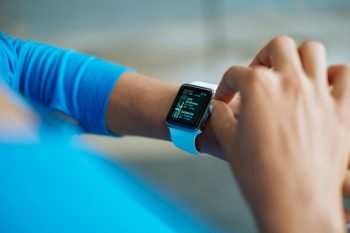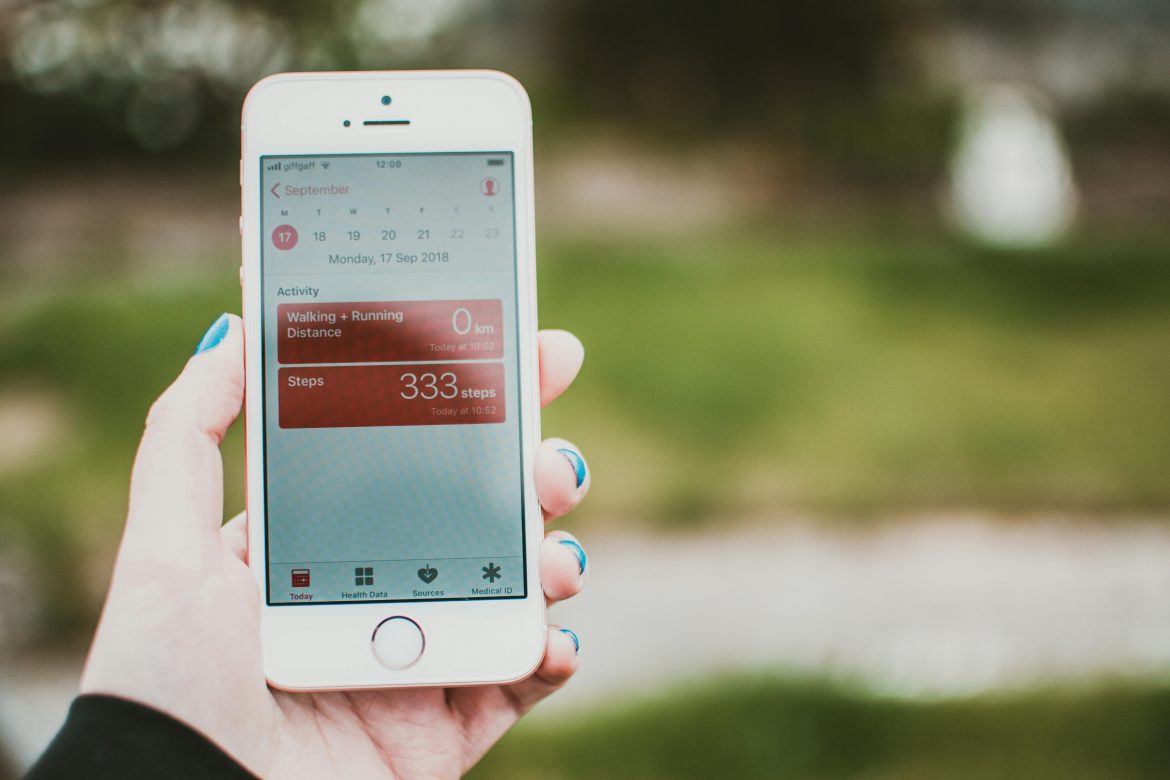The weather is warming up, and we’re all itching to get outside and get our bodies moving. Getting in your daily steps is an easy way to get active and outside the house. But you don’t have to hit that crazy 10,000 steps a day goal off the bat. You can just increase your daily step count and work your way up week by week.
Here’s how, and why, you should get walking.

Pexels
1. It’s good for your heart
Walking isn’t just a low-key way to move around – it’s actually one of the best forms of cardiovascular exercise you can do. Increasing your step count can help reduce your risk of heart disease, lower cholesterol, and improve circulation. The more you move, the more your heart has to work, strengthening it in the process. Plus, regular walking helps lower blood pressure, which is key to keeping your heart healthy.
2. It helps manage your weight
If weight loss or maintenance is on your mind, increasing your step count is an easy and low-impact way to burn extra calories. The best part? You don’t need fancy gym equipment or gruelling HIIT workouts to see results. By simply upping the number of steps you take each day, you can burn off those extra snacks without much effort.
3. Boost your mood and energy levels
Had a stressful day? Instead of reaching for the ice cream or plopping down on the couch, try heading out for a walk. Walking – especially outdoors – triggers the release of endorphins, those lovely little chemicals that make you feel all warm and fuzzy inside. It’s also been shown to reduce symptoms of depression and anxiety. Plus, moving your body increases blood flow, which boosts your energy levels and leaves you feeling more refreshed.
4. It’s a workout for your joints
Adding steps to your day doesn’t just help you stay fit – it’s also great for your joints. Unlike high-impact exercises that can put stress on your knees and hips, walking is gentle and helps lubricate the joints. This is particularly helpful for people with arthritis or joint pain, as it improves flexibility and reduces stiffness.
5. It encourages better sleep
If you struggle with tossing and turning at night, consider increasing your daily activity. Walking and regular movement can help regulate your body’s internal clock, promoting a more restful sleep cycle. In fact, studies have shown that people who move more throughout the day tend to fall asleep faster and enjoy better-quality sleep.
6. It’s the perfect excuse to multitask
One of the best things about walking is that it doesn’t require your full attention. This means you can sneak in those extra steps while doing other things: pacing around during phone calls, taking walking meetings, or even catching up on your favourite podcast. Multitasking while walking lets you rack up those steps without carving out separate time for a workout.

Pexels
How to increase your step count without trying too hard
Upping your daily steps might sound like a chore, but it’s easier than you think. Here are a few simple ways to sneak in extra movement:
- Park further away: Whether at the grocery store or office, parking further from the entrance means extra steps. Every little bit counts!
- Take the stairs: Skip the lift or escalator and opt for the stairs instead. It’s an easy way to boost your heart rate while adding steps.
- Walk during breaks: Got a few minutes between meetings or tasks? Use that time to take a quick stroll around the block or even just around the office.
- Make it social: Meet a friend for a walk-and-talk instead of coffee. It’s a fun way to catch up while adding steps to both your days.
- Set a reminder: Use your phone or smartwatch to set hourly reminders to stand up and move around. Even just pacing for a minute can add up over the course of the day.
How to track your steps
Tracking your steps is easier than ever thanks to modern tech. Here are some methods to stay on top of your daily step count:

Pexels
- Smartphones: Your smartphone can already do the job. Built-in apps like Apple Health (on iPhone) and Google Fit (on Android) automatically track steps throughout the day.
- Fitness trackers and smartwatches: Devices like Fitbit, Apple Watch, and Garmin give real-time tracking and allow you to set step goals. These gadgets are accurate and can motivate you to reach those daily milestones.
- Pedometers: If you prefer something basic, a pedometer does the trick. These simple devices clip onto your waist or wrist and track your steps, perfect for keeping things old-school.
- Step-tracking apps: Don’t have a smartwatch? No problem. Apps like Map My Walk or Pacer can turn your phone into a fitness tool, recording your steps, routes, and more.
ALSO SEE:
Featured Image: Pexels

